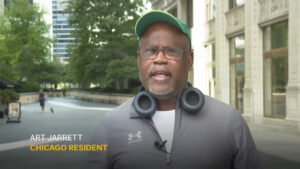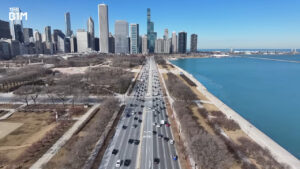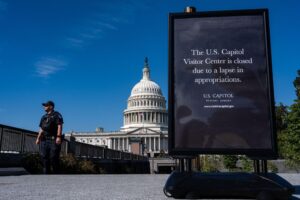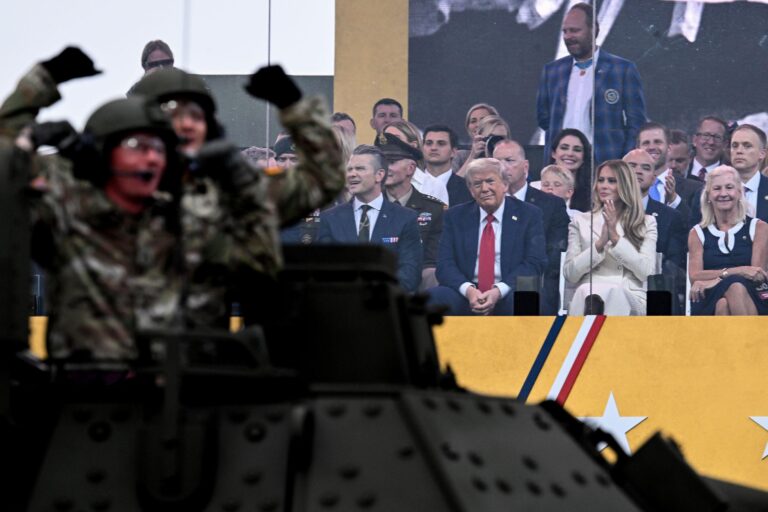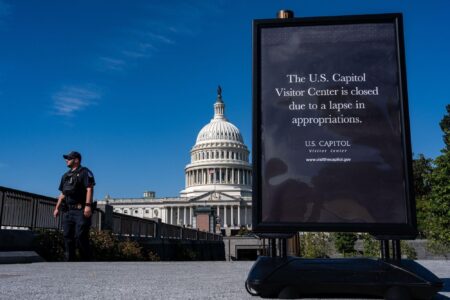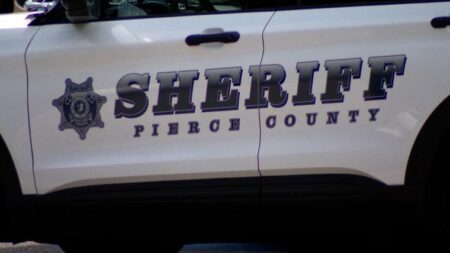Trump Administration Advances Plans for Washington DC Military Parade
The Trump administration is actively progressing toward staging a grand military parade in Washington, DC, tentatively set for June. Early coordination efforts involve collaboration among the Department of Defense, the Secret Service, and municipal agencies to guarantee smooth execution and public safety. The event is designed to highlight military equipment such as armored vehicles, aerial flyovers, and precision drill teams, aiming to evoke national pride and demonstrate the United States’ defense capabilities.
Several critical factors are under evaluation, including:
- Managing street closures and controlling crowds
- Implementing stringent security measures for all attendees
- Budgeting for transportation, personnel deployment, and equipment staging
- Assessing the parade’s effect on downtown traffic and public transportation systems
| Category | Current Status | Additional Information |
|---|---|---|
| Scheduled Date | June (Exact date pending) | Awaiting final approval from city officials |
| Military Elements | Armored vehicles, Aircraft flyovers | Confirmed by Pentagon representatives |
| Public Disruption | Significant | Expect major traffic delays |
| Security Planning | Comprehensive | Joint efforts with Secret Service |
Challenges in Executing a Large-Scale Military Parade
Coordinating a military parade of this magnitude demands detailed planning across numerous federal and local agencies, presenting substantial logistical obstacles. Organizers must orchestrate street closures, crowd management, and the deployment of military assets within a congested urban setting, all while minimizing disruption to Washington, DC’s daily activities. The movement of heavy military vehicles and personnel through narrow city streets requires precise scheduling and route planning, necessitating close cooperation with the Department of Transportation and law enforcement agencies. Additionally, accommodating thousands of spectators involves establishing designated viewing zones, emergency medical stations, and sanitation facilities to ensure safety and comfort.
Security considerations add another layer of complexity, requiring a robust strategy to counter potential threats. The presence of high-ranking officials and military equipment makes the event a potential target for security breaches or protests. Agencies such as the Secret Service, FBI, and local police must collaborate on intelligence sharing and surveillance, employing advanced screening technologies and securing perimeter zones. Key security components include:
- Controlled access points with identity verification
- Counter-surveillance operations to identify hostile activities
- Rapid response units stationed at critical locations
- Drone surveillance for aerial threat monitoring
| Operational Challenge | Responsible Agency | Primary Objective |
|---|---|---|
| Traffic and Route Management | Department of Transportation | Reduce urban disruption |
| Crowd Control | DC Metropolitan Police | Ensure public safety and orderly flow |
| Security Screening | Secret Service | Maintain secure perimeters and access |
| Emergency Response | Local EMS and FBI | Provide rapid intervention capabilities |
Diverse Political and Public Perspectives on the Military Parade
The announcement of the military parade has elicited a wide range of political reactions, reflecting the nation’s polarized climate. Proponents within the Trump administration and some Republican lawmakers view the parade as a powerful demonstration of American military might and a tribute to service members. Conversely, critics have voiced concerns from multiple angles:
- Democratic officials caution that the parade could resemble authoritarian pageantry and question the appropriateness of the expenditure.
- Defense experts debate the practicality and timing of such an event amid ongoing overseas military commitments.
- Fiscal watchdog groups highlight the potential for multi-million dollar costs, demanding transparency and accountability.
Public sentiment is similarly divided. Recent surveys indicate a near-even split along partisan lines, with older generations generally supporting the parade as a patriotic gesture, while younger voters often view it as a politically charged spectacle. The table below summarizes a representative poll illustrating this divide:
| Group | Support (%) | Opposition (%) | Undecided (%) |
|---|---|---|---|
| Republicans | 70 | 18 | 12 |
| Democrats | 28 | 62 | 10 |
| Independents | 45 | 43 | 12 |
Expert Advice on Budget Oversight and Enhancing Public Engagement
Effectively managing the financial demands of a large-scale event like the Washington military parade requires rigorous oversight and strategic planning. Specialists recommend adopting a flexible budgeting framework that enables continuous monitoring and timely adjustments to prevent cost overruns. This approach ensures resources are allocated efficiently across logistics, security, and public services. Additionally, forming public-private partnerships can help defray expenses while maintaining the event’s quality and operational standards.
Proactive community engagement is equally vital to cultivate public support and transparency. Experts suggest deploying comprehensive outreach initiatives that clearly communicate the parade’s objectives, benefits, and safety protocols. Utilizing diverse channels such as social media, local community meetings, and interactive forums can foster dialogue and address public concerns effectively. Key pillars for successful engagement include:
- Transparent Communication: Clearly convey goals and anticipated outcomes.
- Inclusive Participation: Encourage input from a broad spectrum of community members.
- Timely Responses: Quickly counter misinformation and answer questions.
| Cost Control Measures | Public Engagement Tactics |
|---|---|
| Adaptive Budgeting and Forecasting | Multi-Channel Communication Campaigns |
| Shared Funding Models with Stakeholders | Community Engagement Forums |
| Regular Financial Audits and Compliance Reviews | Real-Time Monitoring of Social Media |
Looking Ahead
As the Trump administration advances its plans for a military parade in Washington, DC this June, many questions about the event’s scale, funding, and intent remain unresolved. Final details are still being negotiated, and the proposal continues to provoke debate among policymakers and the public alike. Observers will be watching closely as developments unfold, offering insight into the administration’s motivations behind this prominent exhibition of military strength.
